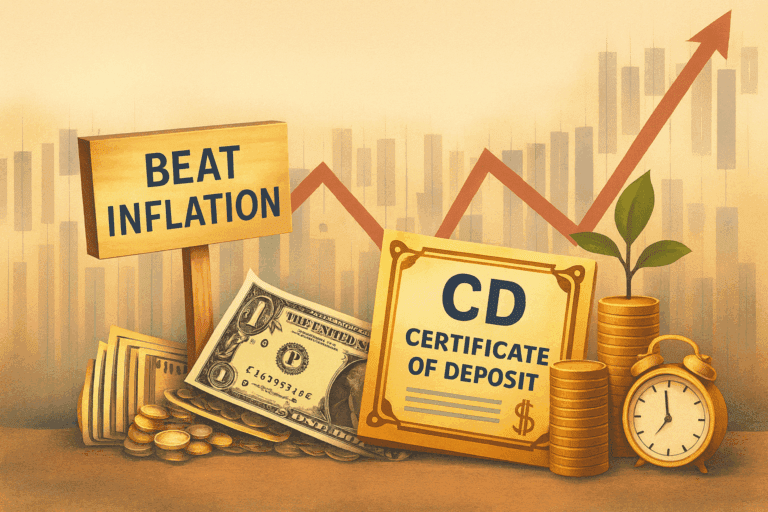Interest rates for borrowing money have been extremely high since 2022. This has caused some strain for both businesses and individual borrowers, but it looks like some relief is finally ahead for the US economy. The question is, why were they so high to begin with?
The Federal Reserve

Broadly, the central bank called the Federal Reserve gets to decide monetary policy for the United States. That’s a pretty important job, as the US dollar is a benchmark currency held in reserve by many foreign governments and is one of the most-used currencies in the world. The Fed has a huge amount of leeway for how it sets US monetary policy, including interest rates for borrowing money.
High Inflation
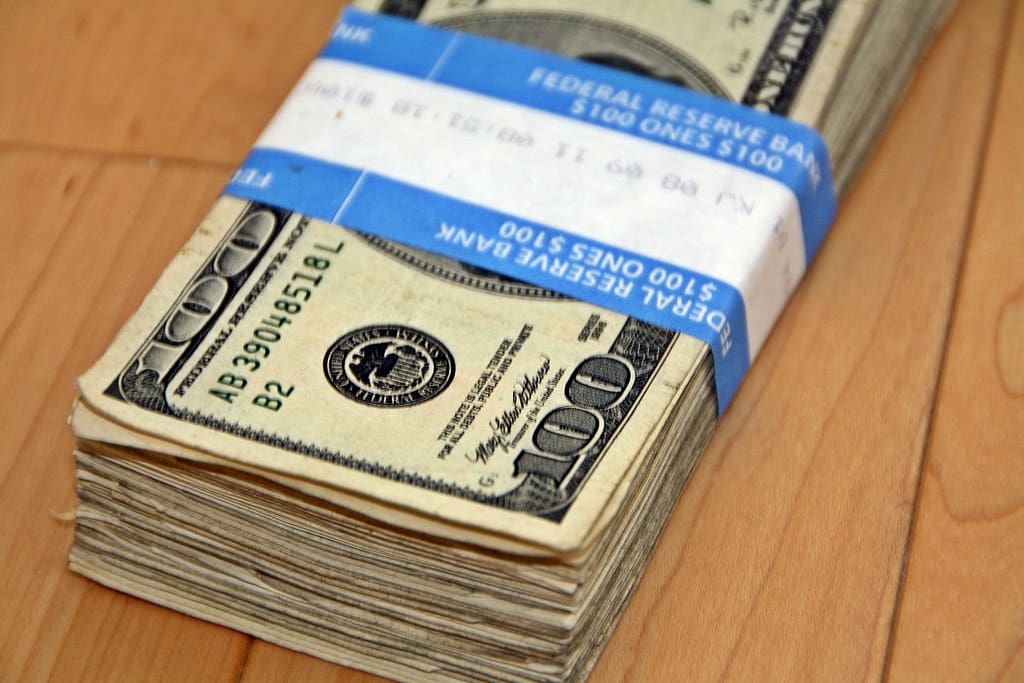
Inflation in the US has been extremely high since 2020, when lockdowns and stimulus checks caused some serious weirdness with the economy. The root causes of inflation are a matter of debate, but the fact is that prices have been steadily shooting up much faster than people’s pay has moved to keep up.
Interest Rate Cuts
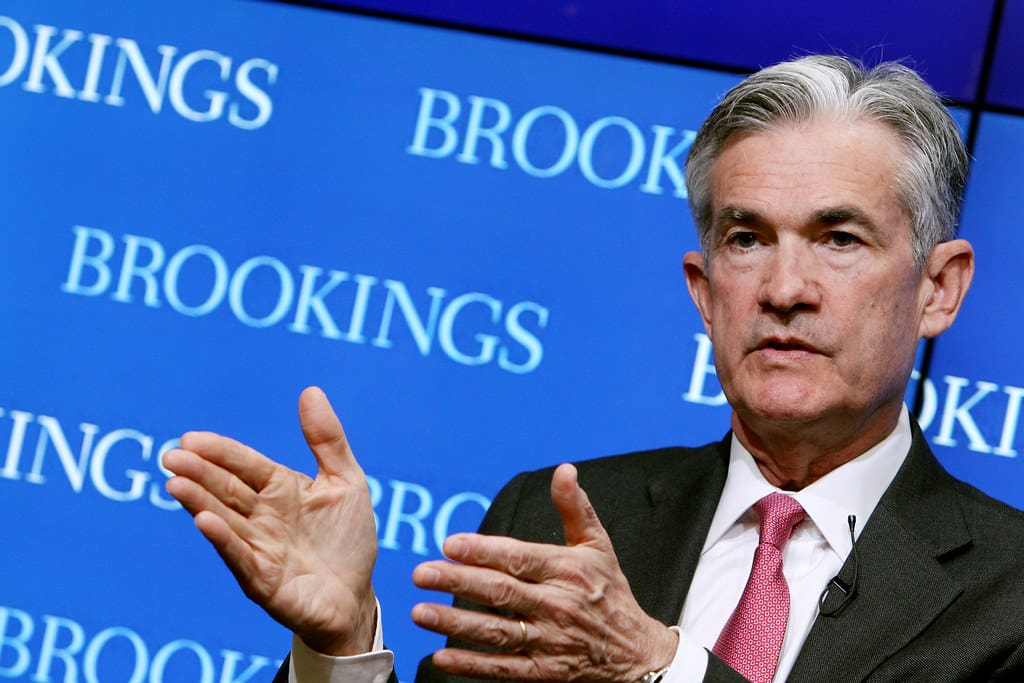
During the Jackson Hole conference on Friday, Fed Chair Jerome Powell finally offered some relief to investors when he announced that “the time has come” for the central bank to cut interest rates. The restrictive policy the bank has been using for over two years has started to really pressure the economy.
Why Was it So Restrictive?
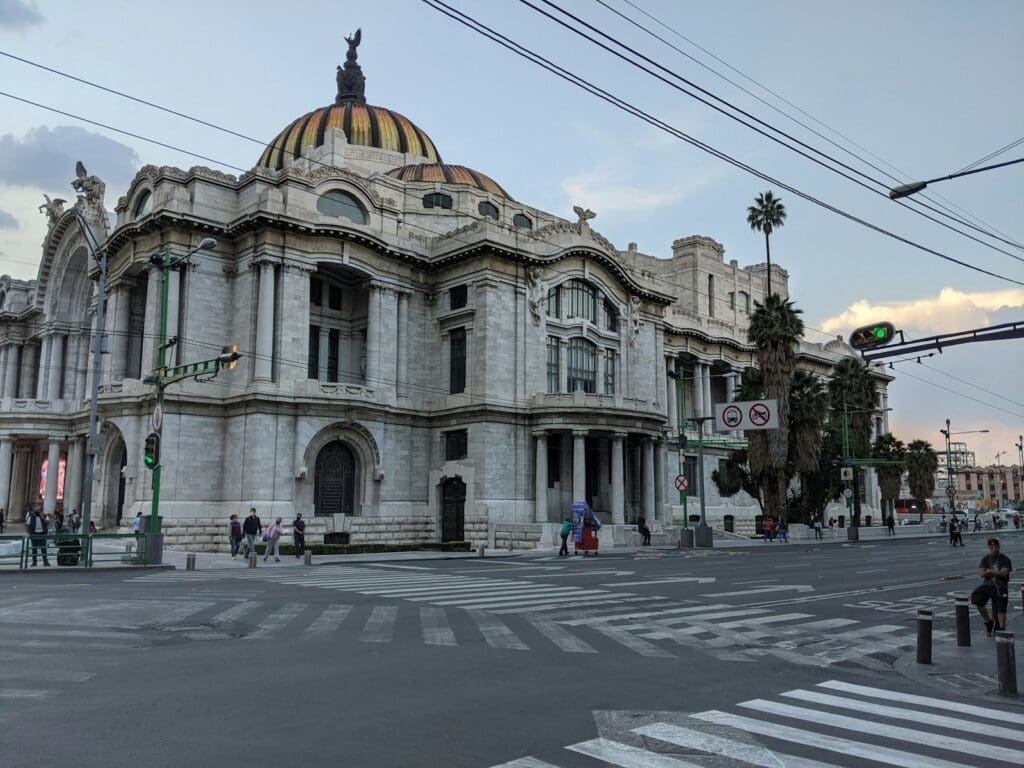
Powell and the Fed sought to prevent a recession, or, worse, a full-blown depression, by keeping inflation under control. Had they simply let the market handle itself rather than reining things in, some economists speculate the US economy could have simply collapsed under the weight of runaway inflation.
What Changed?
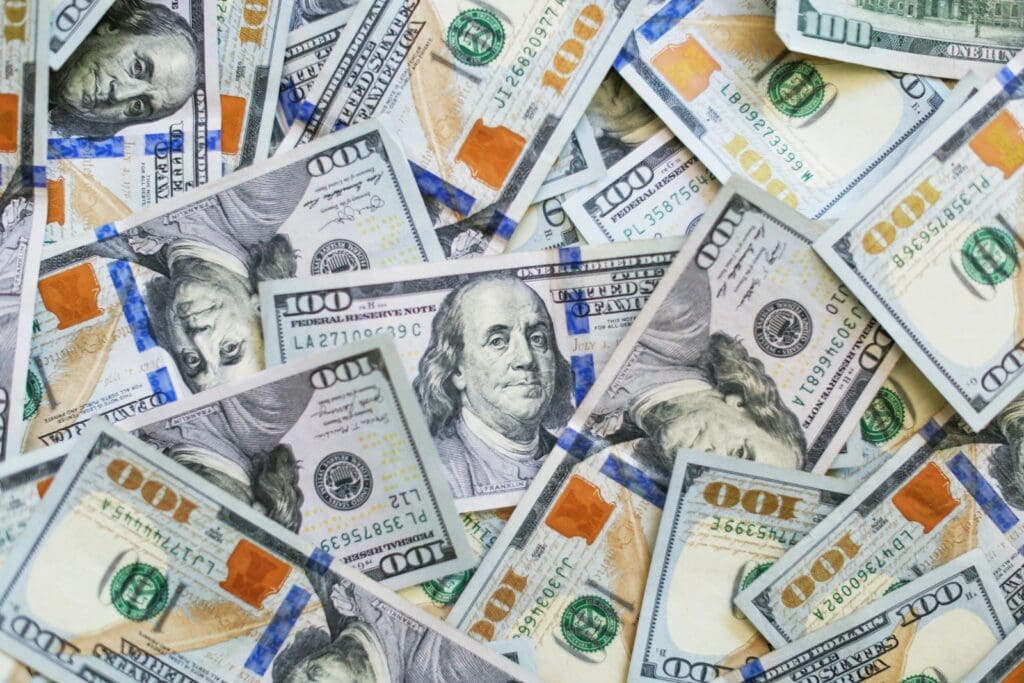
In recent weeks, investors have speculated that the Fed could finally back off on its extremely tight inflation rate guidelines. This is because the economy is finally showing signs of inflation cooling off after an extremely hot period of rising inflation rates.
Do High Interest Rates Actually Help Inflation?
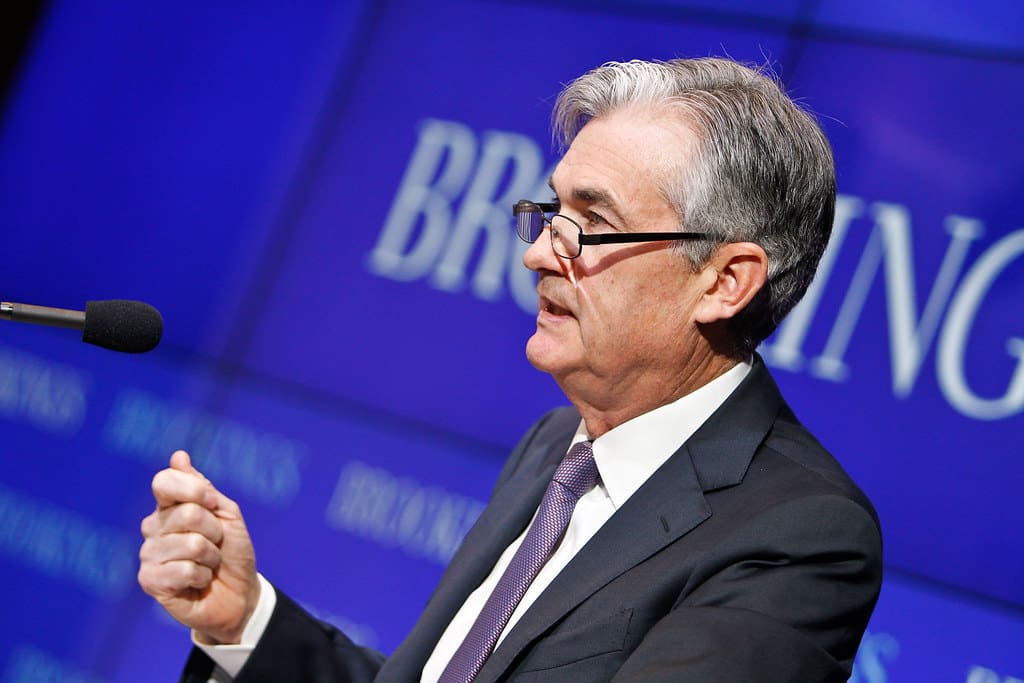
High interest rates, in theory, should keep the inflation rate down. This is because the higher cost of borrowing makes it harder for businesses to expand quickly. This forces them to focus on their fundamentals and to take things slowly, crunching the economy and giving the dollar a chance to catch up.
Stocks Rise on the News
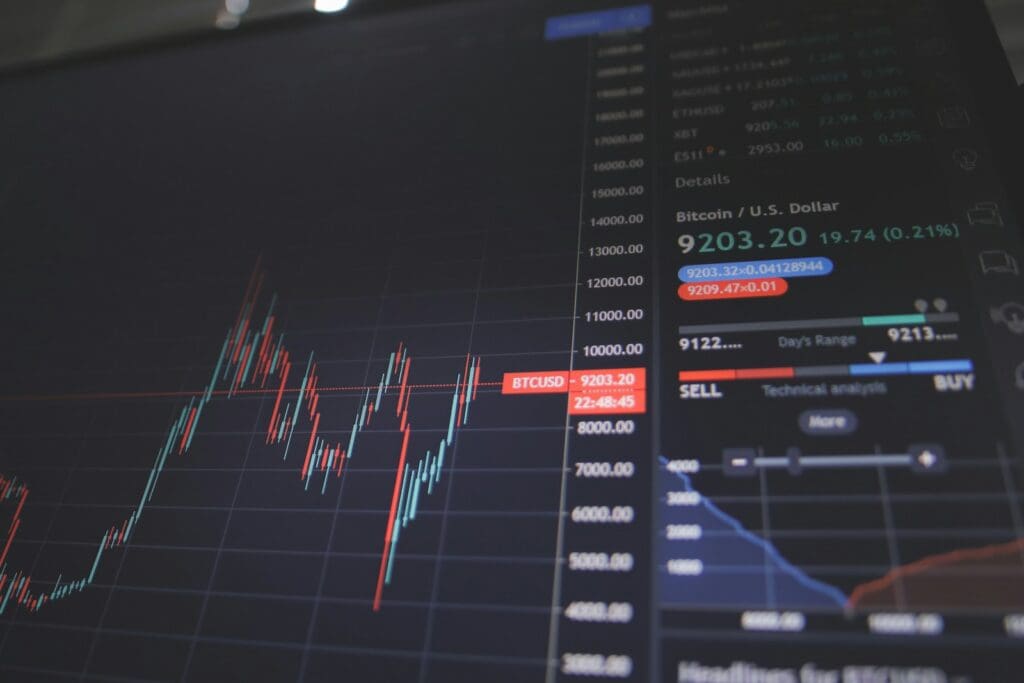
After Powell signaled that the Fed could be easing up on interest rates soon, stocks rebounded swiftly. Investors are now extremely optimistic about 2025 after seeing some encouraging readings on inflation. Unemployment numbers are still a cause for concern, especially ahead of a presidential election, but investors are generally much more bullish now than before the Fed announcement.
How Much of a Cut?
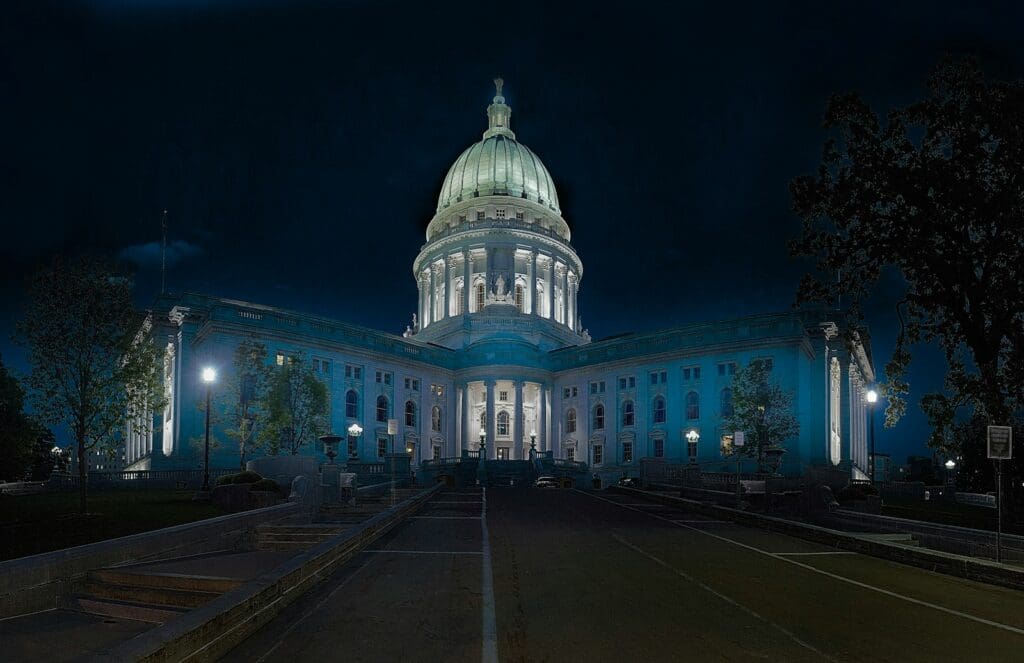
A few things are still unclear, of course. How steep of an interest rate cut can investors expect? A huge 50 basis points cut could make big waves in the economy. A more likely scenario is a 25 basis point cut. This will all depend on the economic data the Fed reviews between now and mid-September when it next meets to determine policy.
Read More: The Highest Paid Actors in TV History
Election Year
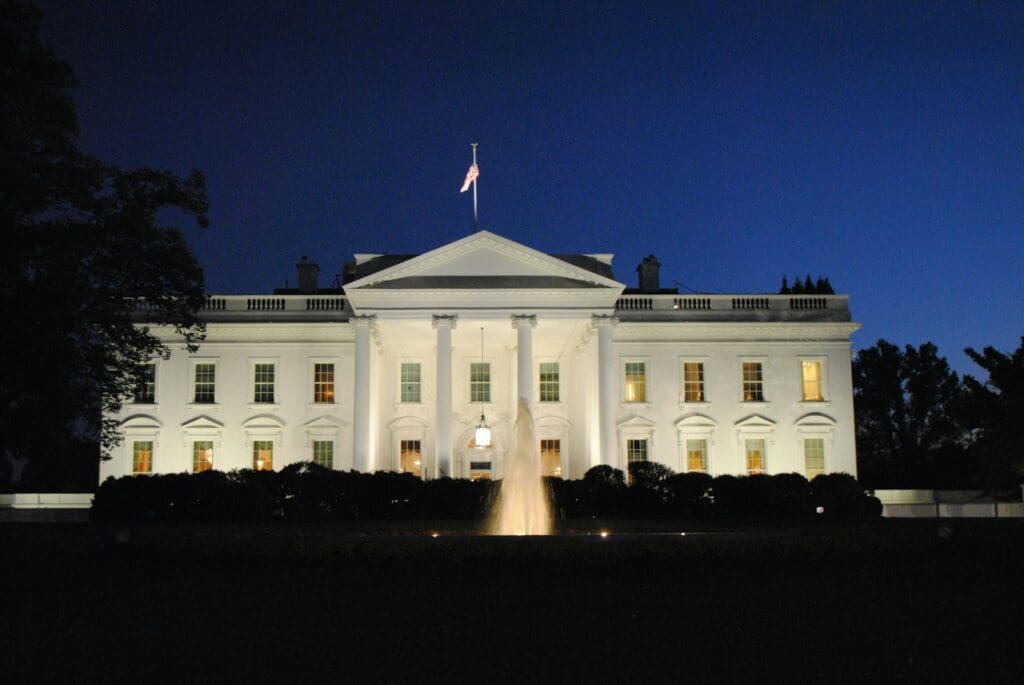
If the Fed cuts interest rates in September, it’ll be doing so only a few weeks before the 2024 Presidential Election. The Fed usually tries to keep a low profile before elections to not cause too many waves for the public, but this year has been anything but ordinary.
Read More: Is Cryptocurrency a Good Investment?
How Many Cuts?
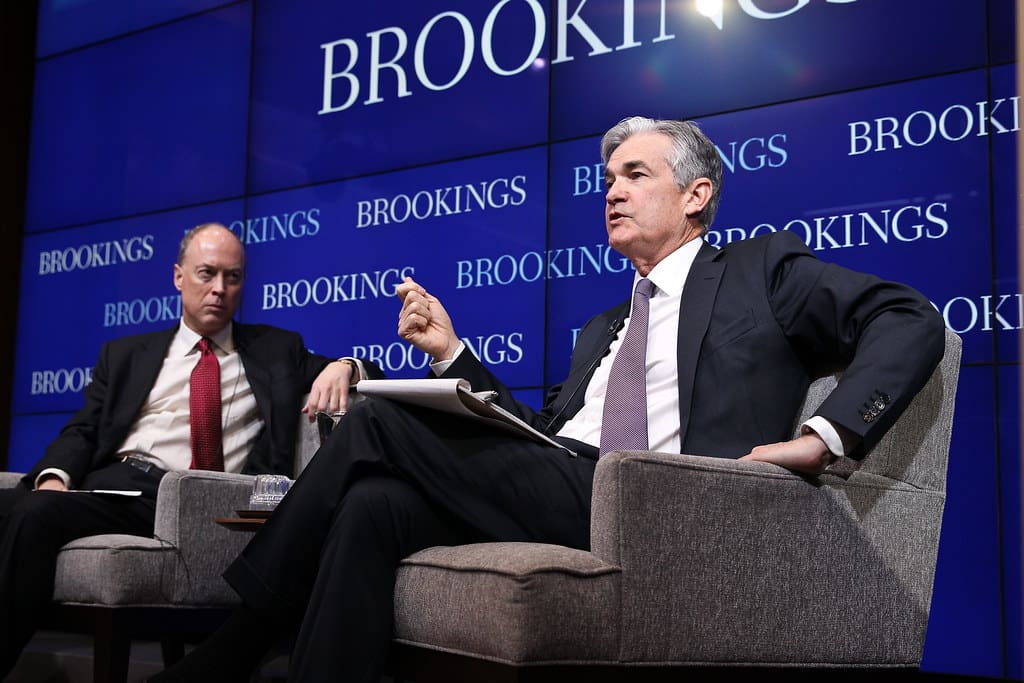
Moreover, it’s unclear how many rate cuts the Fed could stomach before the end of the year. Some optimistic investors say as many as six interest rate cuts could be ahead for 2024, though others caution to not expect so much leniency just from a few encouraging financial reports.
Read More: Is a Recession Still Likely?

